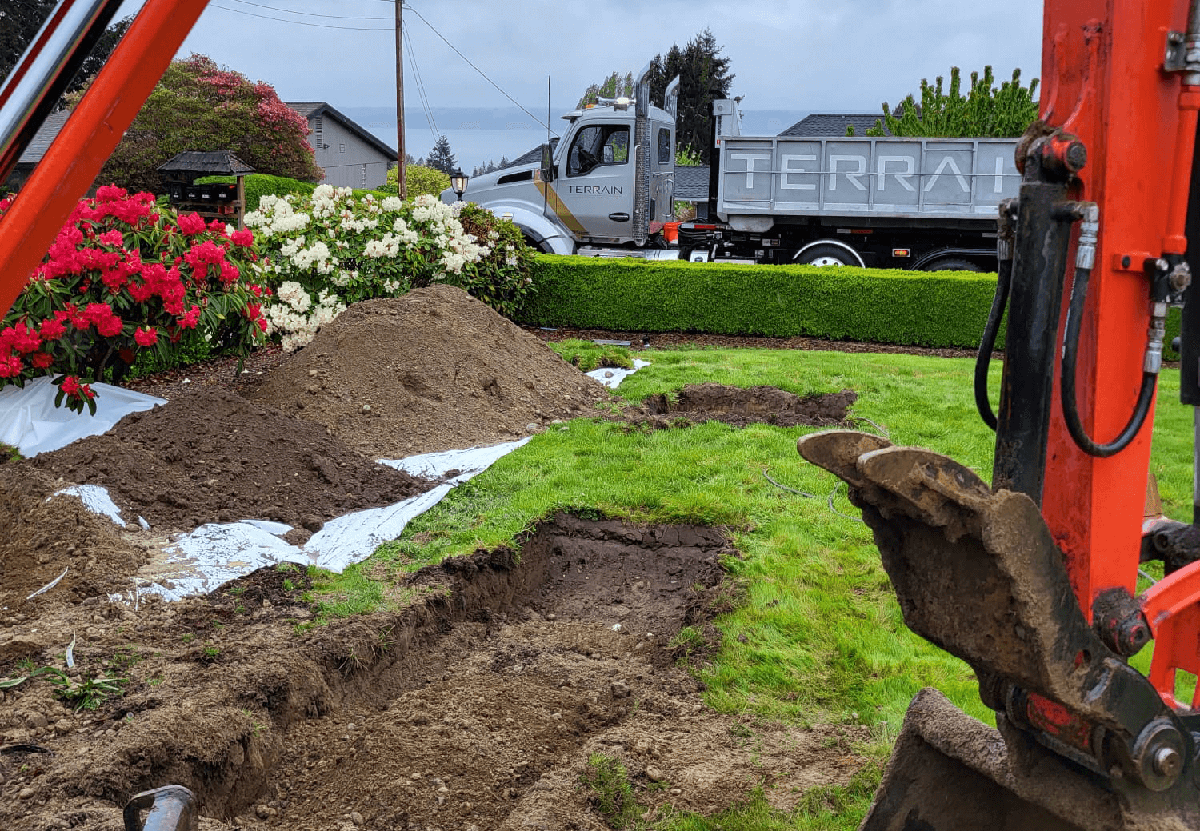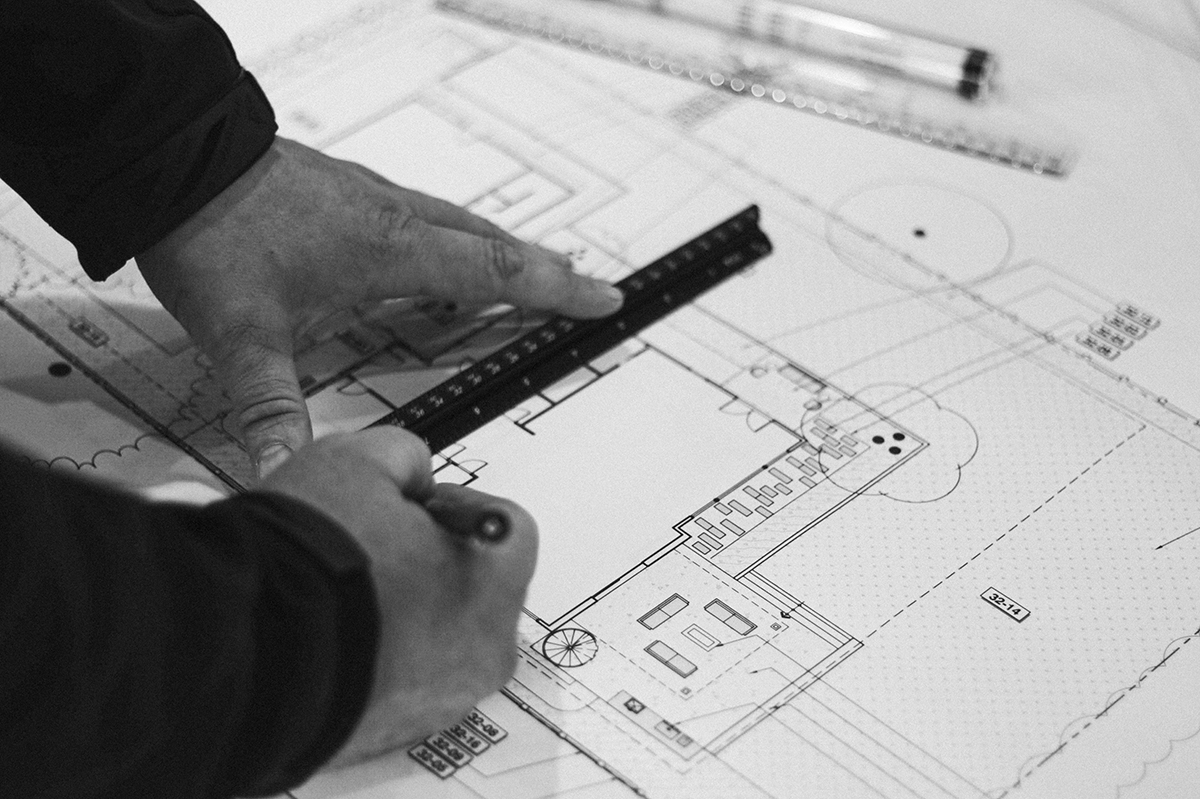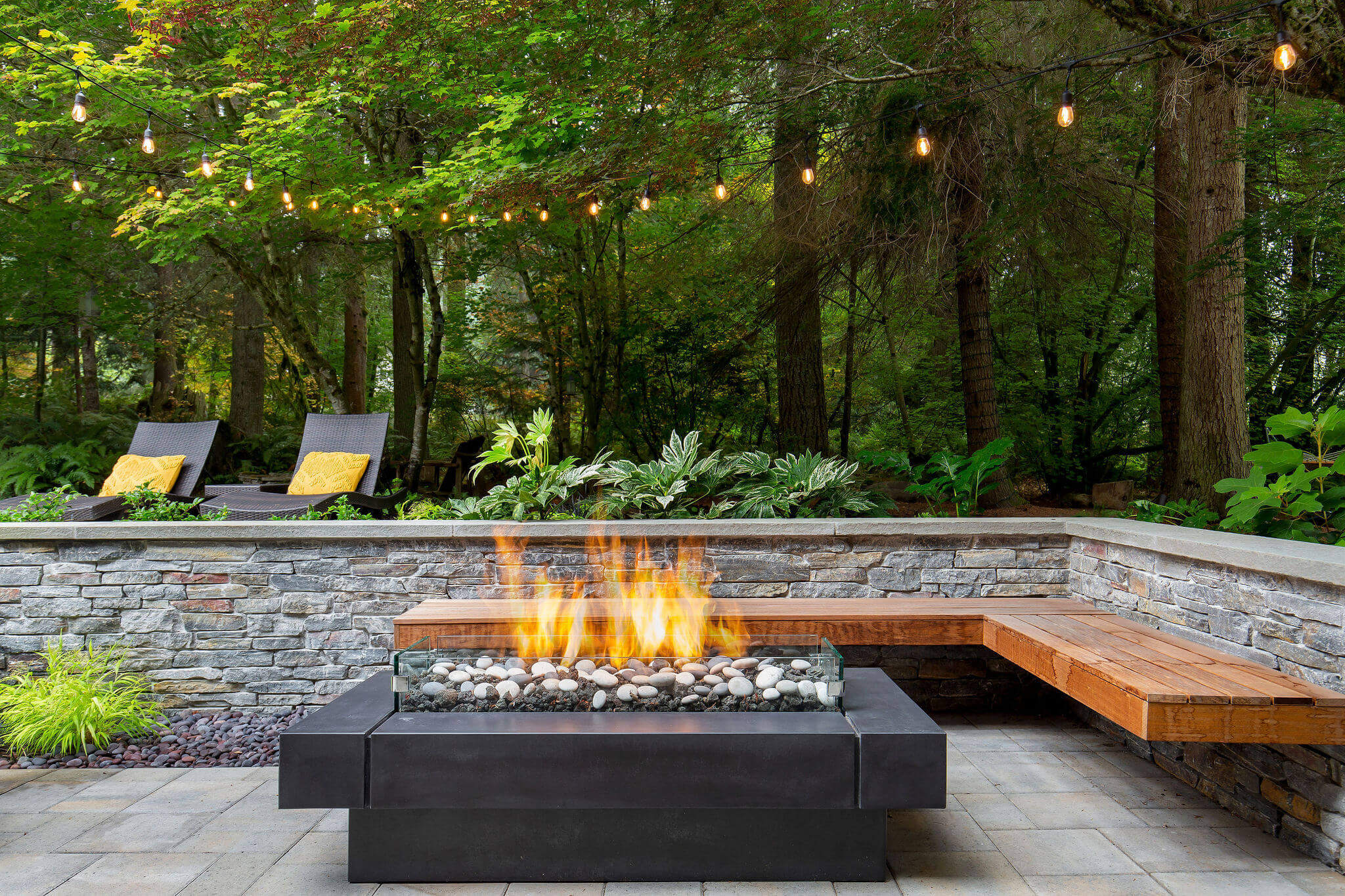Landscape Construction: Timing is Everything
When embarking on a landscape construction project, careful planning is essential to ensure smooth progress and optimal results. One of the most critical aspects of this planning is timing, as it can significantly affect the success of the project. Understanding the best times for various tasks, as well as the logistical considerations like obtaining permits, can help you avoid unnecessary delays and disruptions.
Choosing the Right Season for Landscape Construction

The season in which you begin your landscape construction can impact both the efficiency of the work and the health of your plants. Spring and early fall are generally considered the best seasons for starting landscaping projects. During these periods, the weather is mild, reducing the risk of heat stress on new plantings and making it easier for workers to complete tasks like hardscaping and grading.
For planting trees, shrubs, or sod, early spring or fall is ideal, as these seasons provide cooler temperatures and ample rainfall, which help establish roots before summer heat or winter frost. Hardscape elements such as patios, decks, or retaining walls can be installed any time the ground isn’t frozen, though fall may offer more stable weather conditions than summer.
If your goal is to have your landscape ready by summer, it's important to start planning several months in advance. This allows time to obtain necessary permits, schedule contractors, and ensure materials are available.
Obtaining City Permits and Approvals

Securing permits is a step that often takes longer than expected, so it’s crucial to factor this into your project timeline. Depending on the scope of your project, you may need various approvals for excavation, drainage, electrical work, or structural additions like patios and retaining walls. Permit processing times can range from a few weeks to several months, especially during peak construction seasons.
To avoid delays, contact your local municipality early in the planning process to determine the specific permits required for your project. Engaging a professional contractor with experience navigating local regulations can also help expedite this step.
When to Start Construction for a Summer-Ready Landscape

If your goal is to have a completed landscape in time for summer enjoyment, the ideal time to begin construction is in late winter or early spring. This timeframe allows ample time for obtaining permits, addressing any unexpected challenges, and completing both softscape (plants, lawns) and hardscape (patios, walkways) elements well before the arrival of hot weather.
In general, you should aim to start planning your project at least three to six months before your desired completion date. This ensures that any setbacks, such as delays in permit approvals or material shortages, won’t derail your overall timeline. By aligning your project timeline with the natural rhythms of the seasons and local regulations, you can achieve a smooth, well-executed landscape construction project with minimal disruptions.

